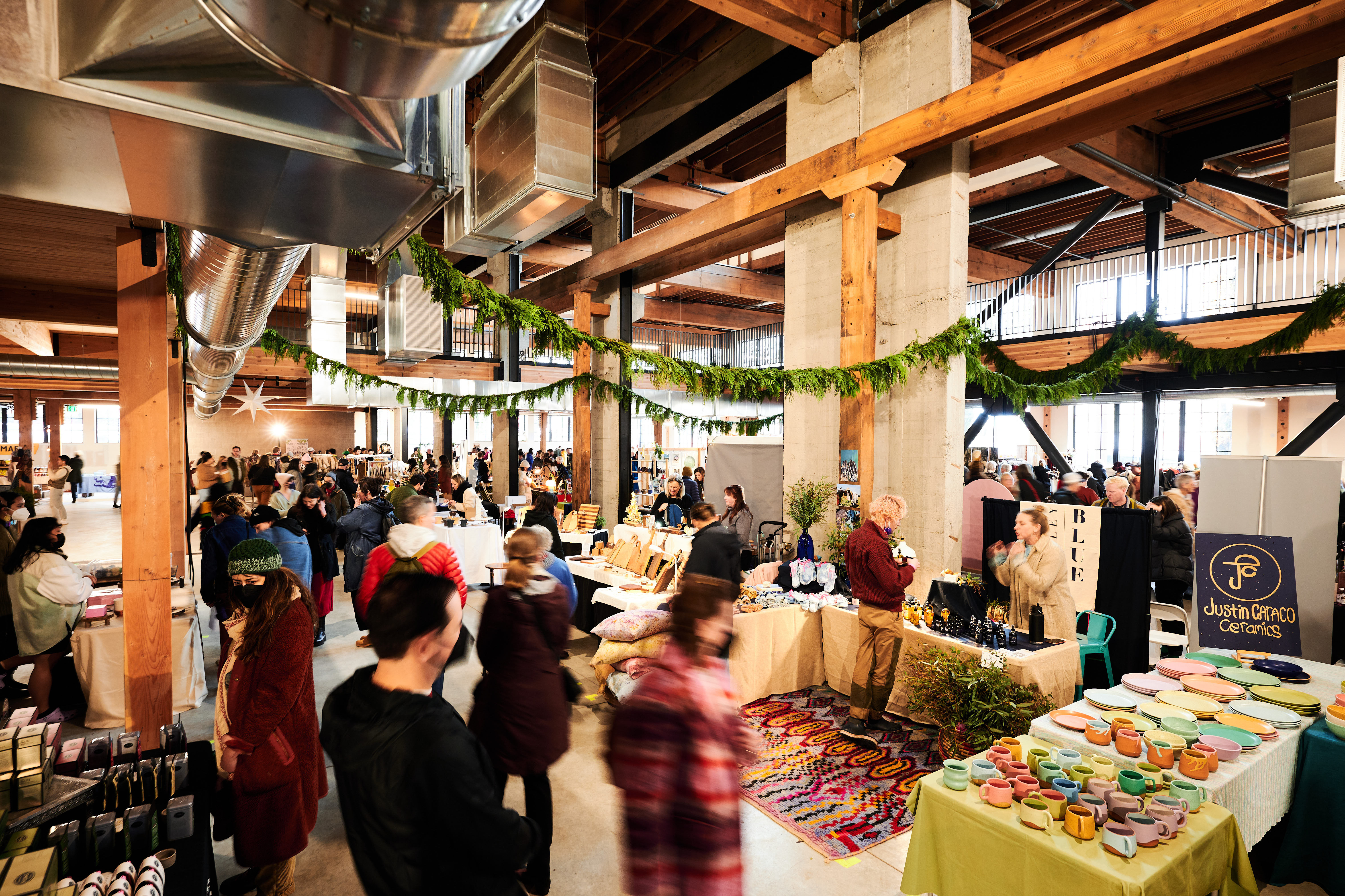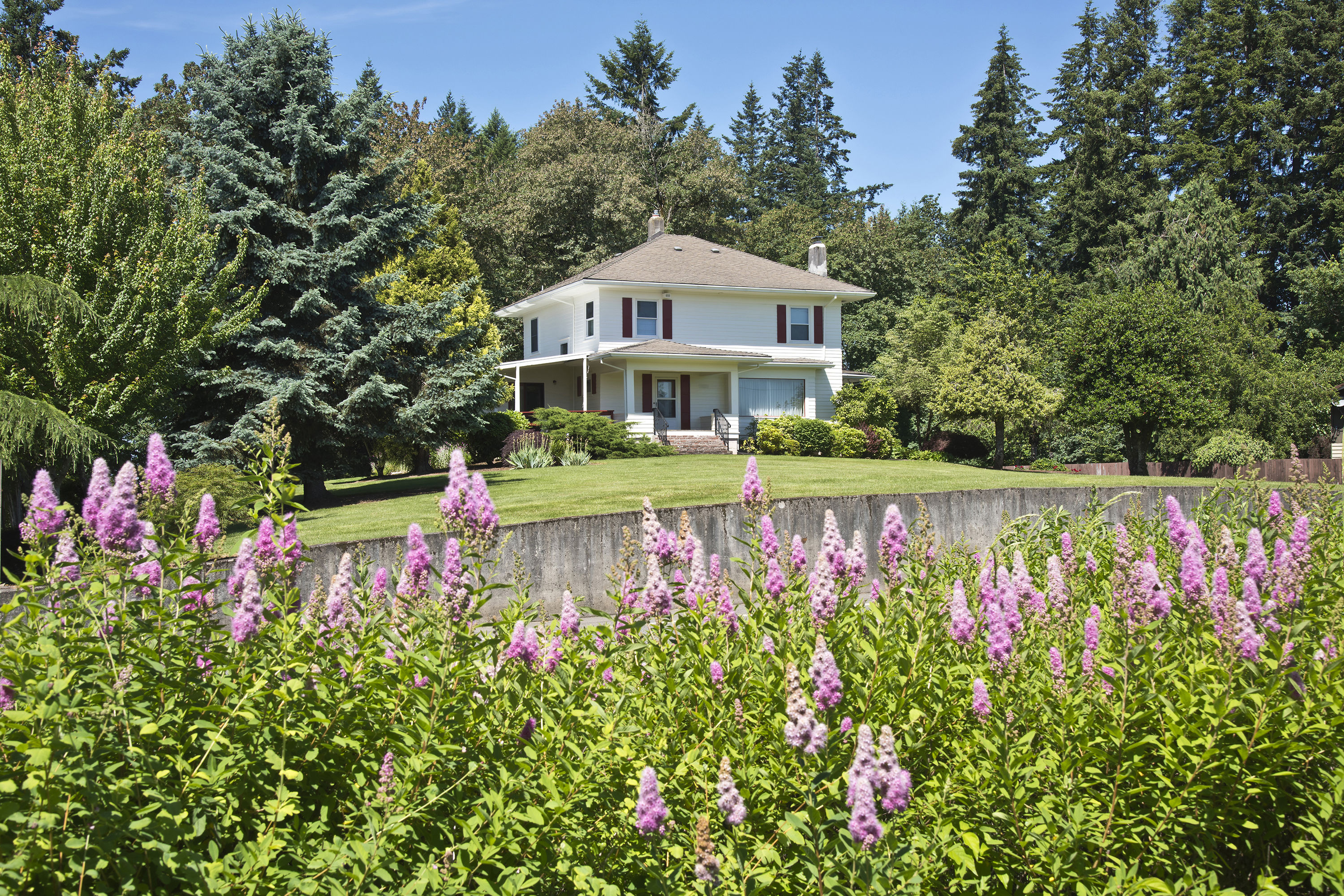They're Going to Make Lab-Grown Diamonds in Gresham

Image: Fausto Montanari
You can make just about anything in a lab these days. Food? Check. Bacteria and viruses? Check and check. Clone of your dog Zippy? Nervous check. But what about diamonds? At a time when so much stuff can be made in a petri dish, the public remains hesitant to accept lab-grown rocks. Should we be?
De Beers, the global diamond market’s foundational company, recently announced plans to open a synthetic diamond production plant just east of Portland in Gresham. Subsidiary Element Six, already known in the UK as a leading synthetic diamond producer, has its sights set on creating a production plant in the US that primarily produces jewelry-grade, lab-grown diamonds for another subsidiary, the consumer-facing Lightbox Jewelry, which was set to launch in September. De Beers aims to invest $94 million in Gresham’s Element Six factory, with full functionality by 2020. Economic development outfit Greater Portland Inc says the plant will create roughly 60 jobs—and about 500,000 uncut carats of synthetic diamonds a year.
Diamonds are made when carbon is compressed at extreme pressure—like at the site of a meteor strike. Re-creating that pressure in a lab requires electricity. Lots of it. Hence: the suburb of Gresham. The city has cheap electricity compared to other West Coast regions (the average monthly industrial electricity bill in Oregon is less than a third of the national average), attracting companies that require vast amounts of energy to create their products. (See also: bitcoin miners.)
The ethical and environmental effects of mined diamonds are significant: the gem’s open pit mines have been linked to catastrophic soil erosion and human rights abuses. Efforts to end the trade of “blood diamonds” resulted in an international certification in 2000, though watchdogs say forced labor, torture, and smuggling continue. Some argue that while synthetic diamonds require considerable power to produce, they are a step in the right direction as renewable energy sources come online.
Meanwhile, De Beers says it’s still looking for a market. While synthetic diamonds have many industrial uses, brides and grooms have been more hesitant, often considering these versions of compressed carbon “fake” or less desirable than mined stones.
“We’ve done a lot of consumer research,” says Steve Coe, a veteran of De Beers since 1995 and Lightbox’s general manager. “It’s told us a couple of things; one, for those really special gifting occasions, like an engagement or anniversary, most consumers tell us they still like natural diamonds. The other thing they tell us is because it is a manufactured product, they expect it to be at a much lower price point than a natural diamond.”
Indeed, Lightbox uses across-the-board pricing for its synthetic diamonds, with a one-carat solitaire stone priced at $800—significantly less than the thousands of dollars a naturally mined one-carat diamond can go for. But natural diamonds aren’t going anywhere. De Beers has aggressively marketed diamonds as rare, natural, and perfect for expressing undying love since the late 19th century. (Natural diamonds are actually among the most common gemstones.)
“Natural diamonds are still very special,” Coe says. “We see lab-grown diamonds as an alternative.”




